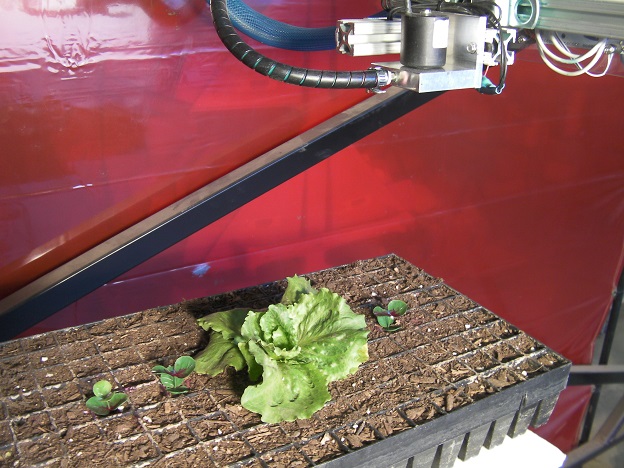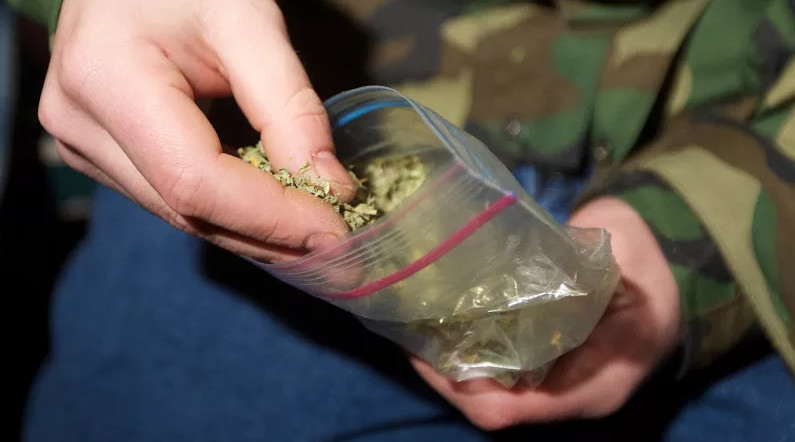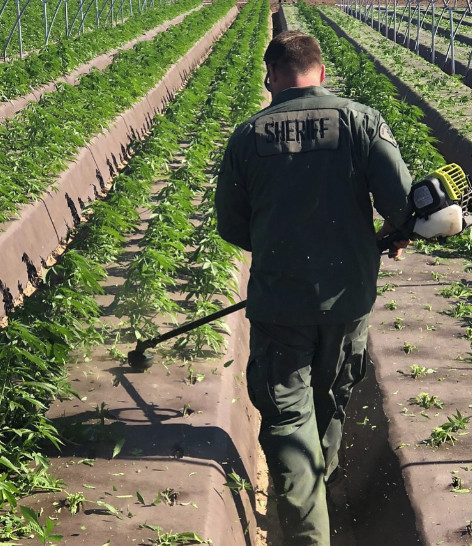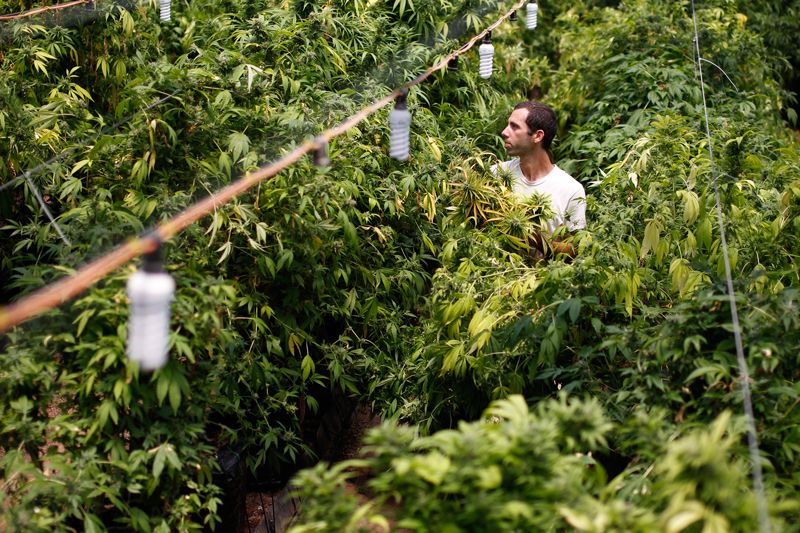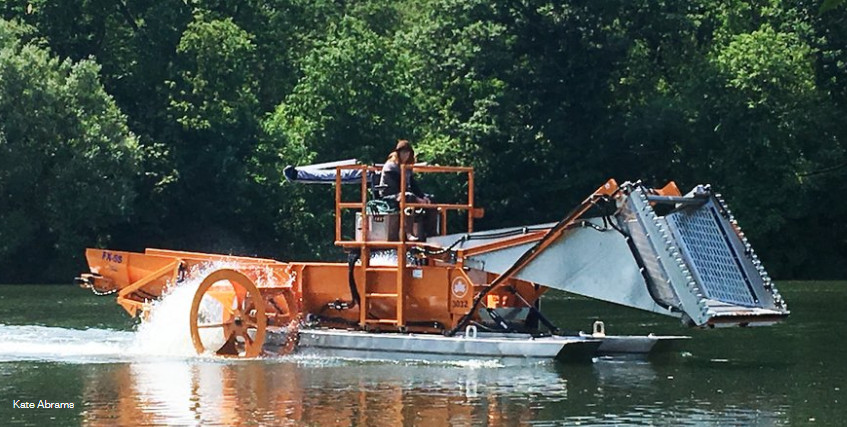Killing weeds with technology may soon get easier.
A research team at the University of Arizona has developed a precision spray assembly capable of delivering herbicides at the centimeter level of accuracy with minimal off-target spray at travel speeds of 2 miles per hour.
Mark Siemens, associate specialist and professor at the Department of Agricultural and Biosystems Engineering for the University of Arizona, said the university is part of a multi-state effort that aims to create a precision weeding machine.
“The current technology that is commercially available is able to weed between the individual crop plants in the row but they are mechanical devices and leave a couple inches either side of the plant to prevent damaging them,” he said. “What our research is doing is trying to get the weeds that are very close to the crop plant that these commercial machines cannot remove.”
Other universities involved with the project are the University of California-Davis and Washington State University, he said.
The research team at UC-Davis has developed an imaging system capable of identifying weeds and creating weed maps for targeted spraying, Siemens said in an e-mail.
Researchers also have been working on building a spray manifold that will be integrated with the imaging system UC-Davis has developed to create an automated weeding machine, he said.
The integrated machine is expected to undergo evaluation this year, Siemens said.
The research effort began about three-and-a-half years ago, and a large part of the automated weeding research was spent trying to address and solve the problem of being able to differentiate between the crop plants and a weed, he said. Since the project began, there have been big advancements in artificial intelligence, or Deep Learning, that provides computers the ability to recognize different objects within an image.
Private companies are also seeking answers, he said. Siemens said there are several robotic or automated weeding machines that are using various imaging techniques.
“A lot of that information is proprietary,” he said. “But from what I’ve seen, they are getting good enough results that they are essentially saying they are anticipating commercial release if not this summer, next year.”
Research work on harvest machines that automate harvest for produce has gone slower than creating a high precision weeding machine, he said.
“In my understanding is the limitation is not necessarily the removal of the product from the soil, it is more about how do you handle that product once it’s been harvested and get it into the presentable form that consumers expect,” he said.
Credit: www.thepacker.com

